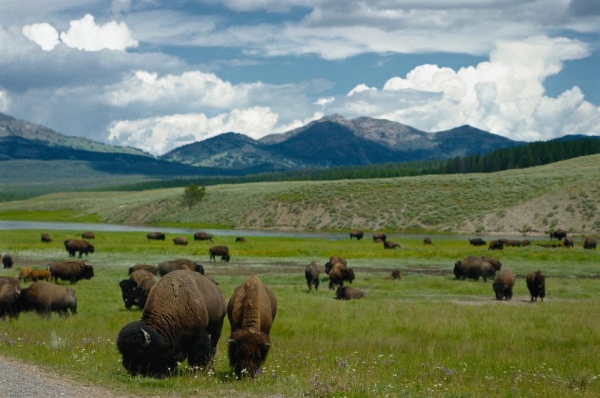Grasslands’ biodiversity and resilience to disturbances such as fire, heat and drought is the result of a slow process over hundreds of years, like that of old growth forests, finds new CU Boulder-led research.
Published in the journal Science on Aug. 5, 2022, as part of a special issue on grasslands, the study contradicts years of assumptions that grasslands’ ecological development is quick and their recovery is rapid, posing new challenges to their successful restoration.
“Old growth grasslands have a unique suite of characteristics that develop over a really long time. Recovering grasslands do not have the same species or the same characteristics as they did prior to soil tilling or tree planting, and they take centuries to redevelop,” said Katharine Suding, senior author of the paper and Distinguished Professor in the Department of Ecology and Evolutionary Biology and Institute of Arctic and Alpine Research (INSTAAR) at CU Boulder. “It’s an important reminder that we need to conserve the ancient grasslands that are still intact.”
An expert in the field of North American grasslands, Suding partnered with other experts from around the world to evaluate the current state of global grassland science, conservation and restoration—from arid, prairie and coastal grasslands, to those in the tropics and savannahs.
Read more at University of Colorado at Boulder
Photo Credit: NWimagesbySabrinaEickhoff via Pixabay


